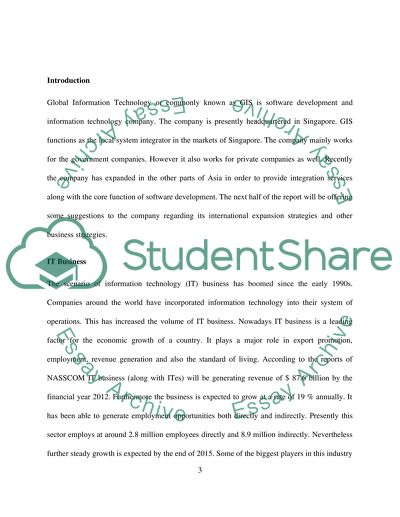Cite this document
(Strategic Management (Strategic Audit/Case Study Case, n.d.)
Strategic Management (Strategic Audit/Case Study Case. https://studentshare.org/information-technology/1602364-strategic-management-strategic-auditcase-study
Strategic Management (Strategic Audit/Case Study Case. https://studentshare.org/information-technology/1602364-strategic-management-strategic-auditcase-study
(Strategic Management (Strategic Audit/Case Study Case)
Strategic Management (Strategic Audit/Case Study Case. https://studentshare.org/information-technology/1602364-strategic-management-strategic-auditcase-study.
Strategic Management (Strategic Audit/Case Study Case. https://studentshare.org/information-technology/1602364-strategic-management-strategic-auditcase-study.
“Strategic Management (Strategic Audit/Case Study Case”. https://studentshare.org/information-technology/1602364-strategic-management-strategic-auditcase-study.


